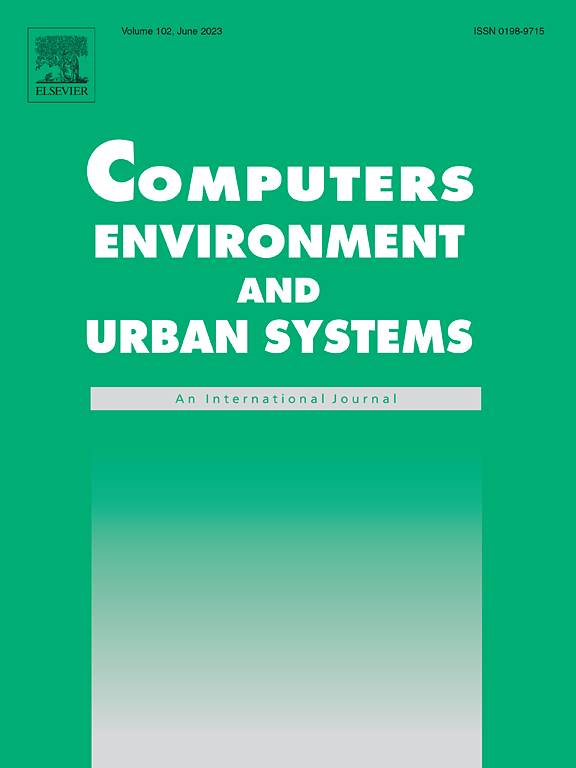
Abstract
Socio-spatial segregation is the physical separation of different social, economic, or demographic groups within a geographic space, often resulting in unequal access to resources, services, and opportunities. The literature has traditionally focused on residential segregation, examining how individuals' residential locations are distributed differently across neighborhoods based on various social attributes, e.g., race, ethnicity, and income. However, this approach overlooks the complexity of spatial segregation in people's daily activities, which often extend far beyond residential areas. Since the 2010s, emerging mobility data sources have enabled a new understanding of socio-spatial segregation by considering daily activities such as work, school, shopping, and leisure visits. From traditional surveys to GPS trajectories, diverse data sources reveal that daily mobility can result in spatial segregation levels that differ from those observed in residential segregation. This literature review focuses on three critical questions| (a) What are the strengths and limitations of segregation research incorporating extensive mobility data? (b) How do human mobility patterns relate to individuals' residential vs. experienced segregation levels? and (c) What key factors explain the relationship between one's mobility patterns and experienced segregation? Our literature review enhances the understanding of socio-spatial segregation at the individual level and clarifies core concepts and methodological challenges in the field. Our review explores studies of key themes| segregation, activity space, co-presence, and the built environment. By synthesizing their findings, we aim to offer actionable insights for reducing segregation..